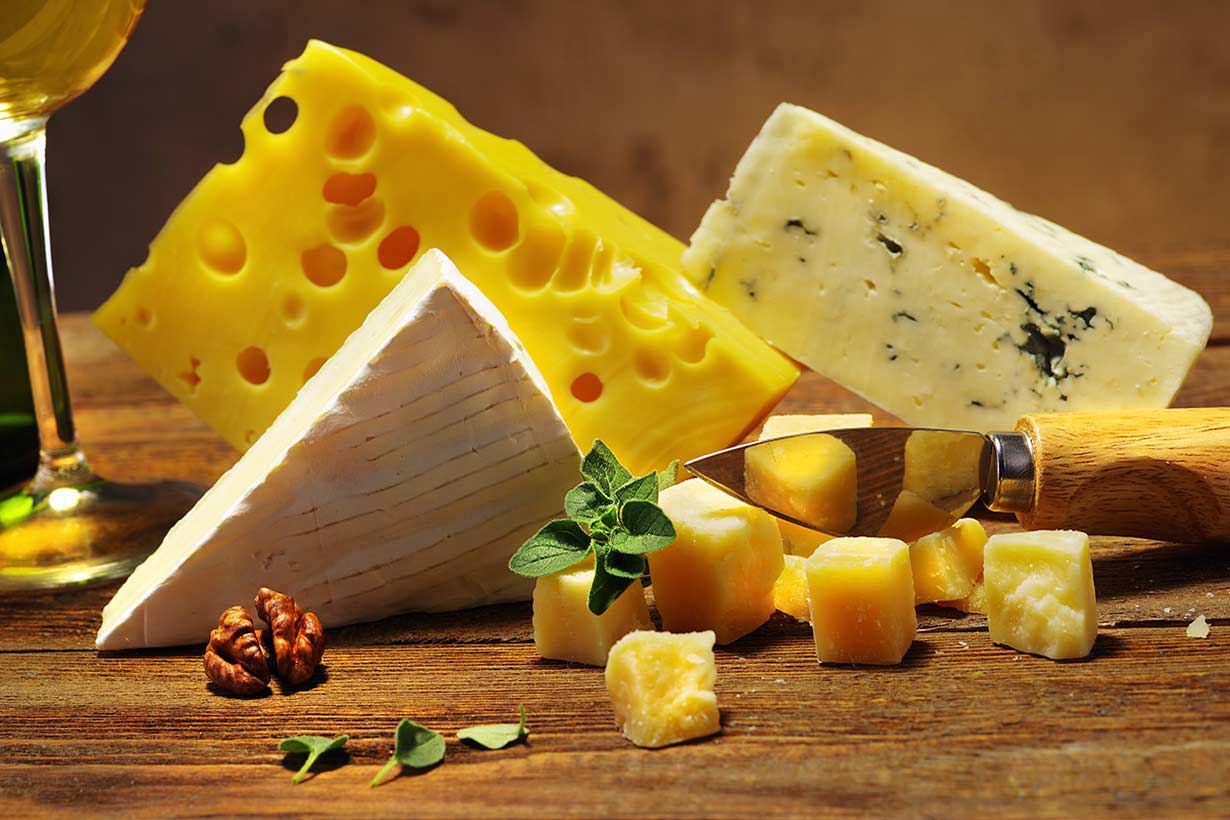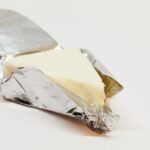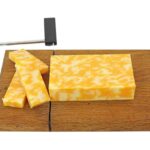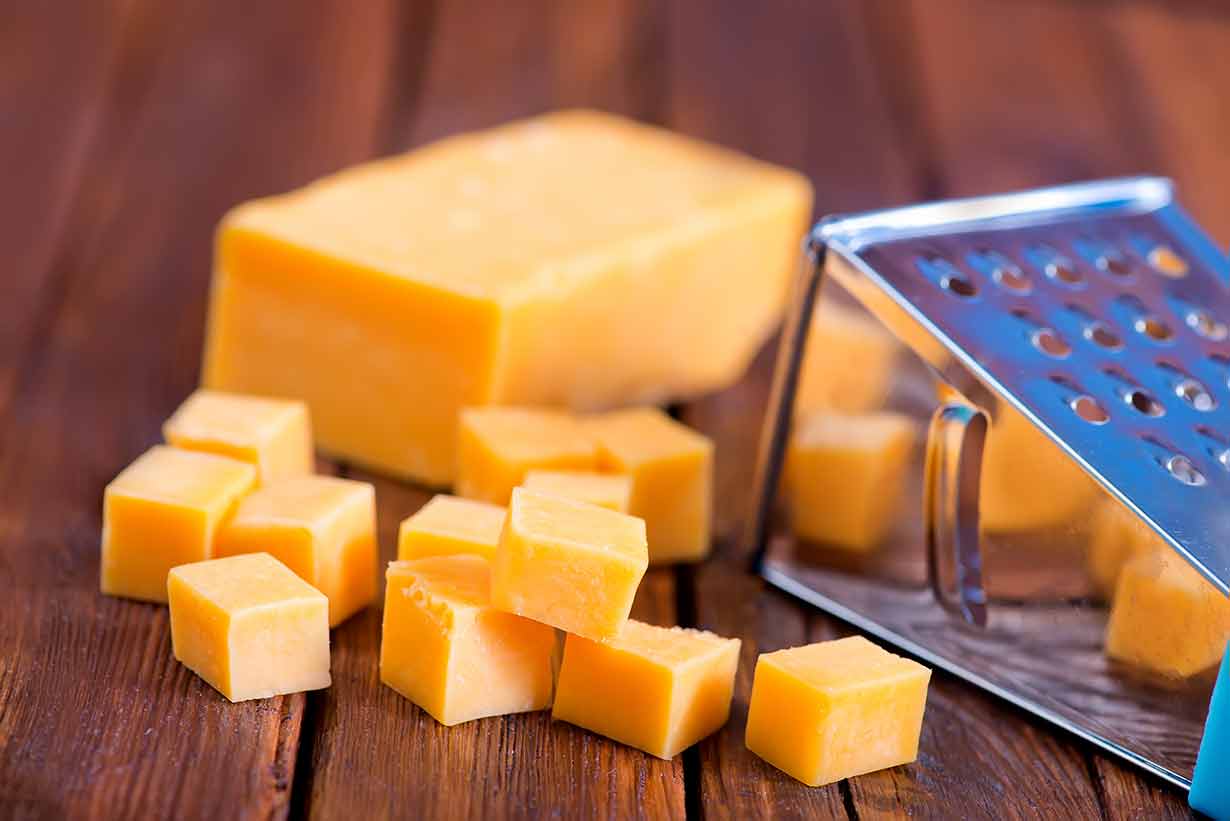Wensleydale is a popular cheese from England.
As with most famous varieties of cheese, it has its own unique characteristics.
This article presents a complete guide to Wensleydale cheese, how its made, its nutritional values, how to use it, food pairings, and more.
Table of contents
What Is Wensleydale Cheese?
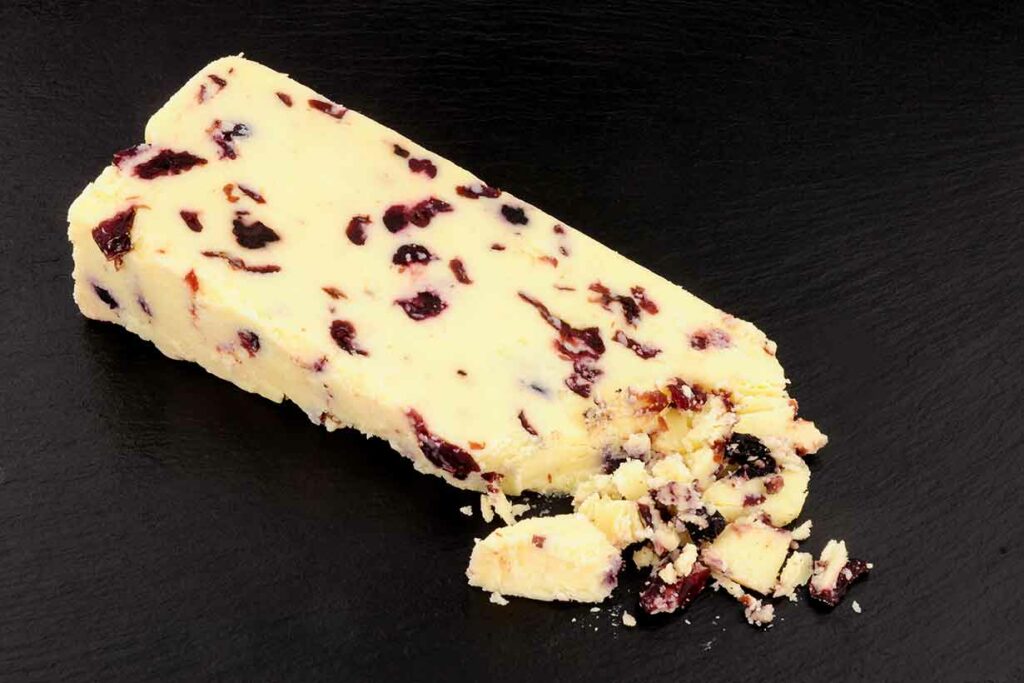
Wensleydale is a young cheese with a medium crumbly texture made from pasteurized cow’s milk.
The cheese has a long and interesting history, with its origins dating back to 1150. Production of Wensleydale first began by monks who had made their home in the Wensleydale region of Yorkshire, England (1).
There are now several different varieties of Wensleydale (1). These varieties have varying aging times (thus strengths), and their ingredients can vary from plain cheese to fruit-containing options.
To this day, the original producers make the cheese with local milk from the Wensleydale region.
This cheese has a ‘Protected Geographical Indication’ (PGI) status with the European Commission, which means that only cheese made in the area around Wensleydale and the surrounding area can be called ‘Yorkshire Wensleydale’ (2).
However, ‘Wensleydale cheese’ can be made anywhere in the world.
In popular culture, the animated comedy duo ‘Wallace and Gromit’ are famous for their love of Wensleydale cheese.
Types of Wensleydale Cheese
Among the Wensleydale varieties, longer-aged, stronger-flavored options such as ‘extra mature Wensleydale’ are available.
There are also blue cheese options and various Wensleydale cheese products that contain fruit, such as apricots and cranberries.
According to the website of Wensleydale Creamery, the company that originally produced the cheese, some of their available varieties include (3):
- Yorkshire Wensleydale
- Special Reserve Yorkshire Wensleydale (mature cheese)
- Yorkshire Wensleydale & Cranberries
- Yorkshire Wensleydale & Stem Ginger
- Yorkshire Wensleydale & Apricots
- Oak Smoked Yorkshire Wensleydale
Fruit-containing Wensleydale products are quite common to find.
Taste and Texture
Wensleydale has a quite distinctive taste that is unlike other cheese.
While the taste is mild and creamy, it also has some sour/tangy notes, which is perhaps why it makes a good combination with fruit.
However, this will also depend on the aging time, and ‘mature’ Wensleydale cheese has a fuller flavor.
Wensleydale cheese has a very dry, crumbly, and slightly chalky texture.
In addition to eating it cold, Wensleydale has good melting properties, so it also works well as a cheese for melting.
Nutrition Facts
Below we can find the nutritional values for regular Wensleydale per ounce (28.35g) serving.
The source of the nutritional data is McCance and Widdowson’s ‘composition of foods integrated dataset’ (CoFID) (4).
Daily values based on a 2000 calorie diet have been calculated using the CoFID data and the FDA’s published daily values (5).
| Name | Amount | % Daily Value |
|---|---|---|
| Calories | 107 kcal | |
| Carbohydrates | 0.03g | 0% DV |
| Fiber | 0g | 0% DV |
| Sugars | 0.03g | |
| Fat | 9.02g | 12% DV |
| Saturated | 5.58g | 28% DV |
| Monounsaturated | 2.58g | |
| Polyunsaturated | 0.26g | |
| Protein | 6.72g | 13% DV |
| Sodium | 150.0 mg | 7% DV |
| Cholesterol | 30.0 mg | 10% DV |
Vitamins
- Vitamin B12: 13% of the daily value (DV)
- Vitamin A: 11% DV
- Riboflavin (B2): 10% DV
- Biotin: 4% DV
- Pantothenic acid (B5): 2% DV
- Vitamin D: <1% DV
- Vitamin E: <1% DV
- Thiamin (B1): <1% DV
- Niacin (B3): <1% DV
Minerals
- Calcium: 12% DV
- Phosphorus: 9% DV
- Iodine: 9% DV
- Zinc: 9% DV
- Selenium: 6% DV
- Sodium: 5% DV
- Copper: 3% DV
- Magnesium: 1% DV
- Potassium: <1% DV
- Iron: <1% DV
Does Wensleydale Have Any Benefits?
Wensleydale cheese has some potential benefits owing to its nutritional profile, depending on what it might be replacing in the diet.
Nutrient-rich
Firstly, as shown in the ‘nutrition facts’ section, Wensleydale provides a broad range of essential nutrients.
Among these nutrients, it is particularly high in protein, with an ounce (28g) serving offering nearly 7 grams. This amount is roughly equivalent to 24 grams of protein on a per-100-gram basis.
Wensleydale also supplies around 10% of the daily value or higher of vitamin A, B vitamins, calcium, iodine, phosphorus, and zinc per ounce (28g) serving.
Slightly lower sodium content than other cheeses
Generally speaking, cheese is salty and has a moderately high sodium content.
However, Wensleydale contains significantly lower sodium than many other popular kinds of cheese.
Per 100 grams, Wensleydale has 440 mg of sodium (4).
How does 440 mg compare to other different types of cheese? Firstly, Cheddar cheese has 653 mg of sodium per 100 grams (6).
Camembert cheese provides 842 mg of sodium per 100 grams (7).
Meanwhile, Parmesan cheese has 1180 mg of sodium per 100 grams (8).
Based on these three examples, Wensleydale has approximately 30% to 65% lower sodium content.
For individuals watching their salt intake, Wensleydale may thus be one of the better cheese options.
How Is Wensleydale Cheese Produced?
A video outlining the production process of Wensleydale cheese is available from the Wensleydale Creamery which produces the cheese (9):
For an overview of the production process, here are the steps involved:
- Milk is first pasteurized, cooled, and transferred to milk vats each capable of producing half a ton of cheese.
- Next, producers add a bacterial starter culture which starts the fermentation process.
- The milk is then stirred and ripened for 90 minutes, after which rennet is added to the mix. Rennet is a fungus that starts coagulating the cheese to create solids.
- The producers separate the solids (curds) from the liquid (whey).
- Next, the curds and whey are heated to further harden the curds and help them absorb some of the liquid whey. The rest of the whey is then drained.
- At this stage, samples are taken for quality testing.
- Next, salt is added to act as a preservative and flavor enhancer.
- A mill then chops the cheese into smaller pieces, which are pressed into molds. These molds help shape the cheese and press out any excess liquid still present.
- Next, the cheese is wrapped in cloth bandages and moved into a cold, dry store to mature. Throughout this process, testers check the texture and taste of the cheese to ensure it is consistent with the qualities of Wensleydale.
- After the required aging time for each cheese, it is removed from storage and packaged, ready for worldwide distribution.
Food Pairings and How To Use
Wensleydale is quite a versatile cheese and can be used in various ways.
Some popular Wensleydale food pairings include:
- A slice of Wensleydale with a slice of fruit cake
- Cheese and crackers
- With cured meat and fruit
- Served alongside fruits like berries, dried apricots, grapes, and pear slices
- Crumbled over a leafy salad
- Crumbled over (and melted in) pasta dishes
- With crusty bread
- Served with a fruity red wine or port
Additionally, it is often consumed as a dessert cheese – particularly the blended Wensleydale products such as Wensleydale with cranberries/apricot.
Where To Buy Wensleydale
For those who live in the United Kingdom, it is easy to find Wensleydale in any supermarket.
However, it can be harder to find in the United States and other countries worldwide.
Local speciality cheese stores might be a good place to look or for advice on finding it locally.
Otherwise, it is available online from Amazon (disclosure: affiliate link).
Additionally, online cheese stores, such as iGourmet stock the cheese.
Final Thoughts
Wensleydale is an interesting cheese with a unique taste, which, for cheese lovers, makes it worth trying at least once.
Like all cheese, it is an excellent source of calcium and protein, as well as several other beneficial nutrients.
The somewhat dry and crumbly texture of Wensleydale also makes it a great combination alongside fruits.

